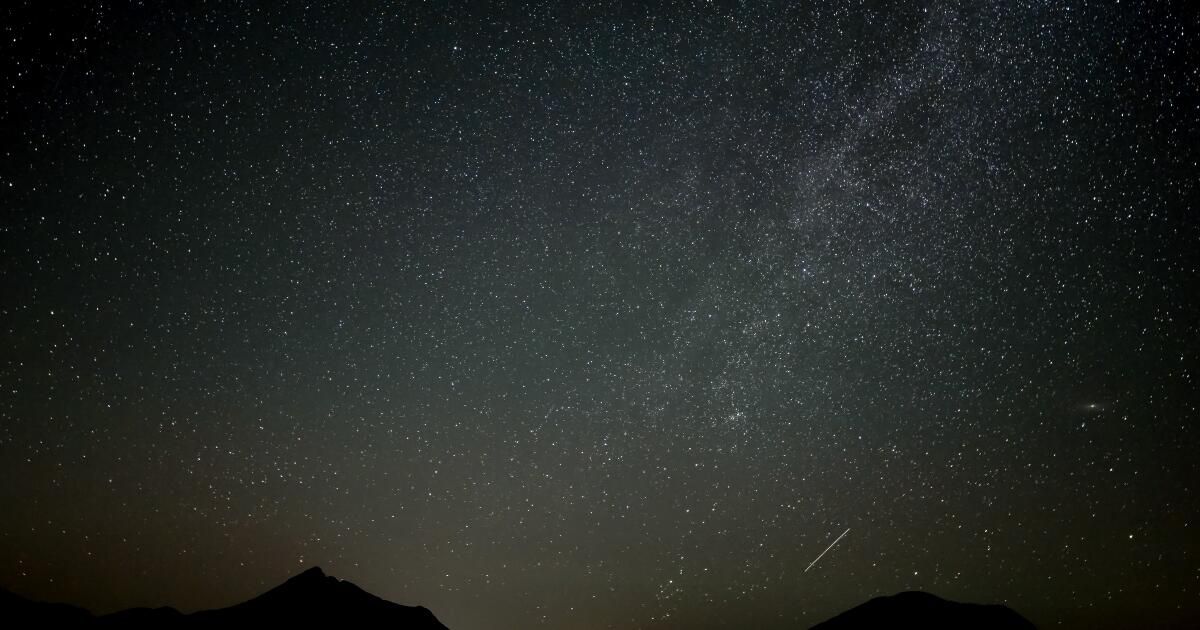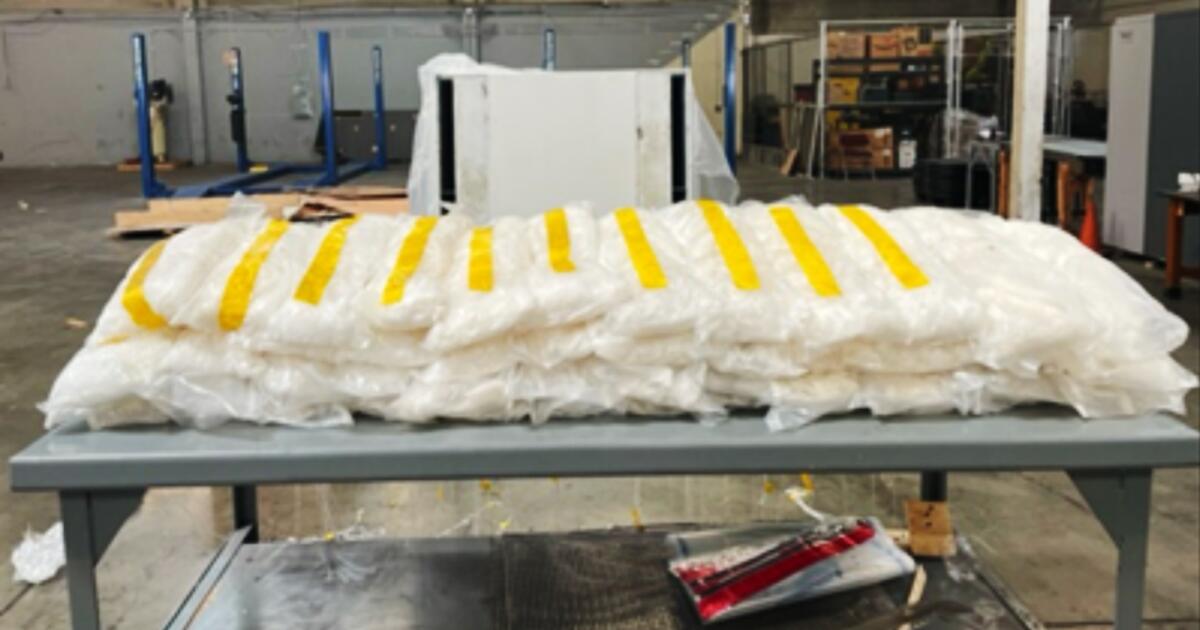When it comes to meteorite showers, perseiders explode. It is not just the amount of meteors (up to 100 per hour) and its quality of colorful (fireballs!), But also its excellent moment.
The annual shower reaches its peak in the hot and calm nights of August while the earth crosses the roads with the cloud of dust left by Comet Swift-Tuttle in its change of 133 years beyond our planet. Seeing the shower can be an incredible experience as meteorites pass in summer skies, leaving light and color in its path.
John Denver, 27 years old and on a camp trip in the middle of the Pinos de Colorado, moved so much after seeing the Perseids rained fire in the sky that “Rocky Mountain High” wrote.
That said, this year there is a warning.
The meteorite rain will go to reach the night of August 11 and 12, according to Ed Krupp, director of the Griffith Observatory of the. NASA says that the best visualization time is in preaching hours. But the moon will get in the way.
“The decrease in the Gibosa moon will severely compromise this shower at the time of maximum activity,” says the American Meteor Society.
The moon will be full of approximately 92% and in the sky most of the time as the shower reaches its peak, Krupp said.
“The weakest meteorites will be lost in the brightness of the moon,” he told Times. “In the best case, Persoid shower gives between 50 and 100 meteors per hour, but this year it will look much less.”
Stargazers can cross your fingers to obtain more fireballs, a phenomenon by which Persey shower is known, according to NASA.
“Fireballs are larger explosions of light and color that can persist more than an average meteorite streak,” says NASA. “This is due to the fact that the fireballs originate in larger particles of comment material.”
Krupp advises that those who are “committed to the persistent” despite the diminished possibilities of visibility this year “should go somewhere far from any urban center and far from the scattered glow of artificial lighting.”
Experts advise to reserve camings in Joshua Tree, the Mojave desert and the Anza-Borrego Desert Park. There are several other good places.
Once there, he points to an expansive vision because, although the Perseids seem to radiate from the north of the Perseus constellation, they can appear anywhere, Bill Cooke, a NASA meteor scientist, told The Times in 2024. “So put a crib or in a sleeping bag,” he said: “He lies upside down and looks directly.”
Good news for 2026: The prognosis for meteor shower Perseid is excellent. The moon will be dark, and as NPR reports, an unusually large amount of meteors is expected to flow in the night sky.












